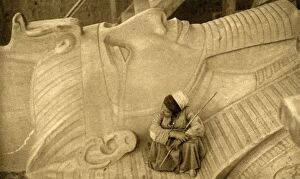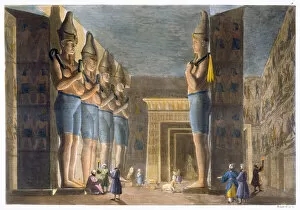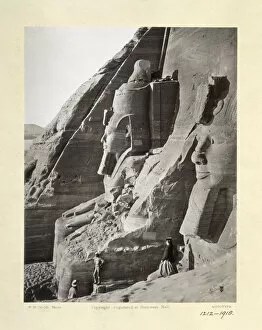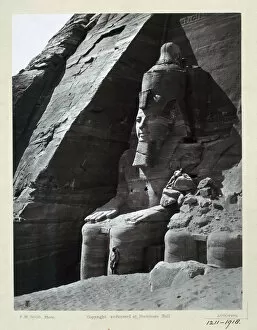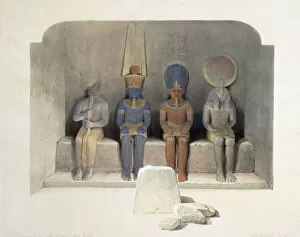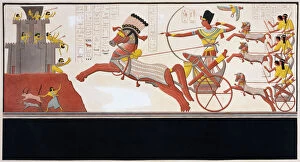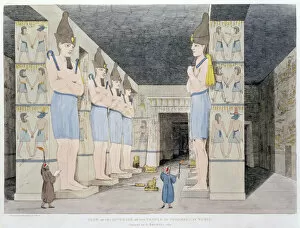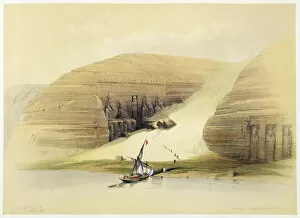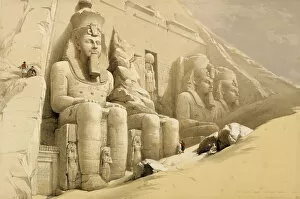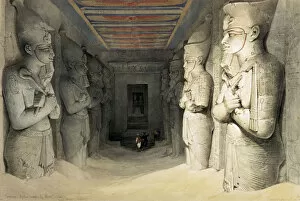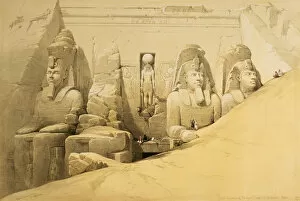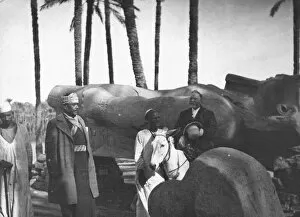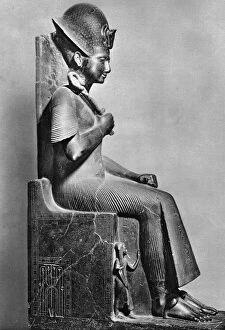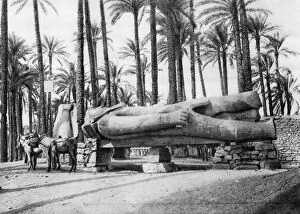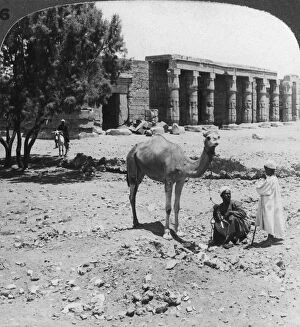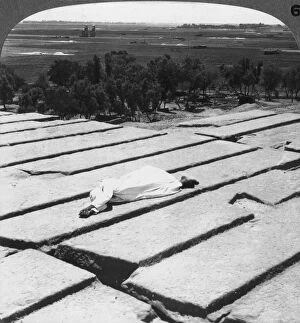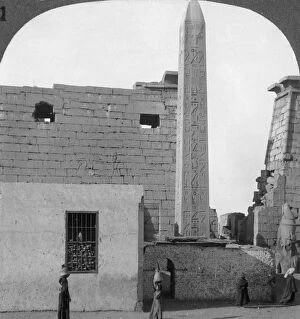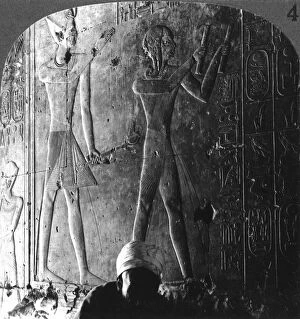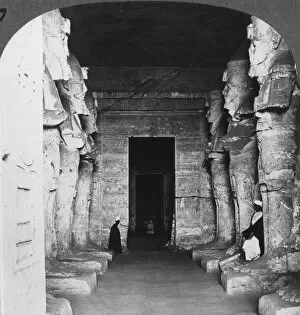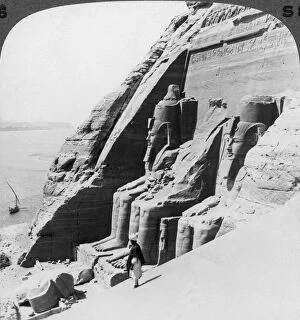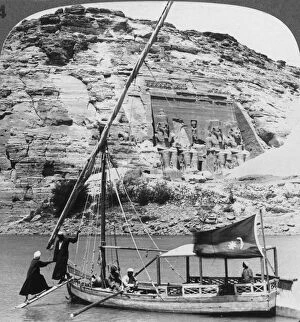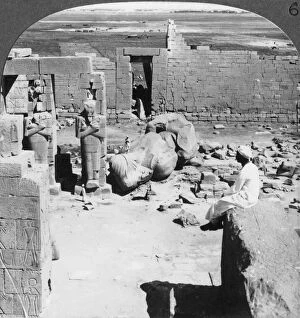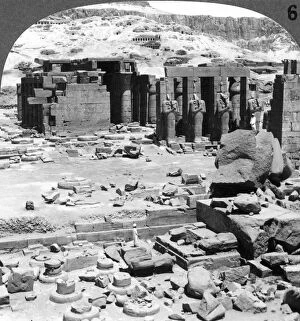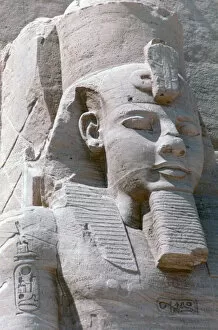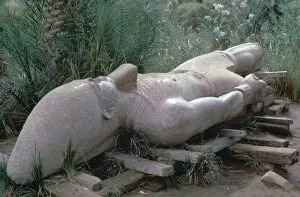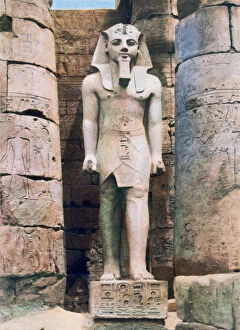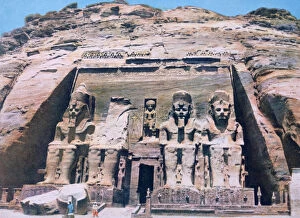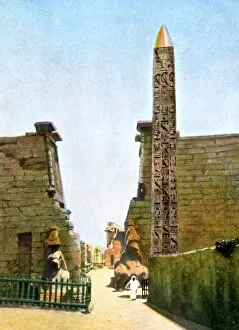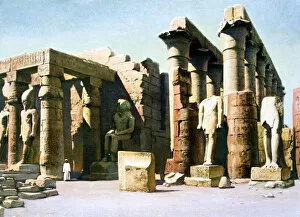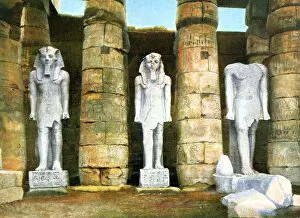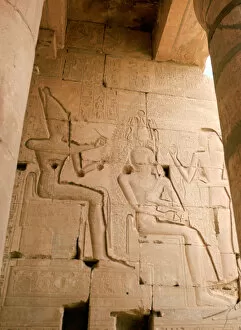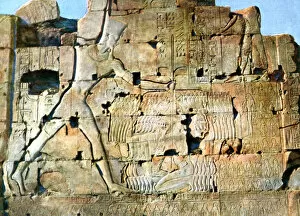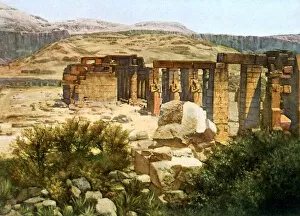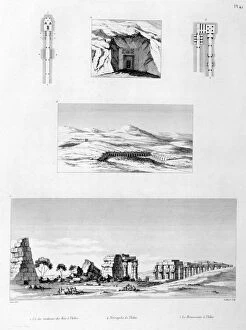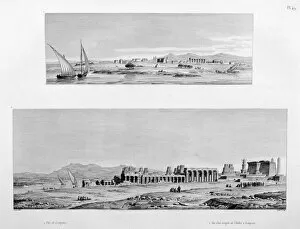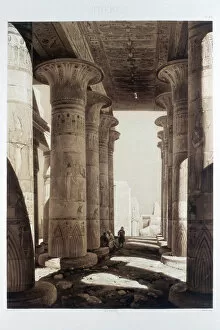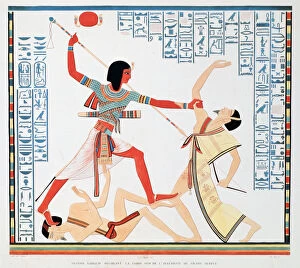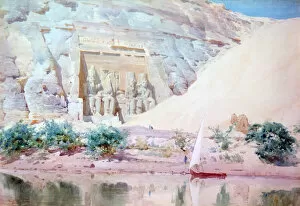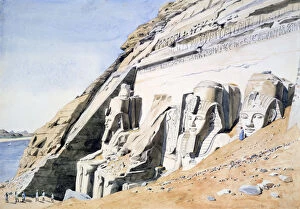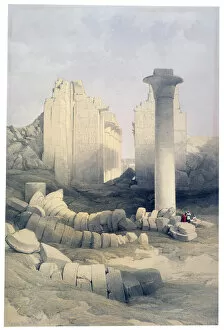Ramesses Collection (page 3)
"Ramesses: A Journey through Ancient Egypt and Rome" Step back in time and explore the captivating world of Ramesses, one of ancient Egypt's most powerful pharaohs
For sale as Licensed Images
Choose your image, Select your licence and Download the media
"Ramesses: A Journey through Ancient Egypt and Rome" Step back in time and explore the captivating world of Ramesses, one of ancient Egypt's most powerful pharaohs. From the bustling Piazza del Popolo in Rome to the majestic Temple of Ramses III, this journey will take you on a fascinating adventure. Immerse yourself in history as you marvel at the grandeur of the Temple of Ramses III, where intricate carvings depict this legendary pharaoh wearing his iconic Khepresh crown. Discover the significance of the Kadesh Treaty, an Egyptian-Hittite Peace Treaty that shaped diplomatic relations during 1269 BC. Travel across continents to Egypt and witness architectural wonders like never before. Behold the mesmerizing night view of Luxor's first courtyard, illuminating its timeless beauty. Experience awe-inspiring moments at Abu Simbel as you gaze upon the lighted facade of Queen Nefertari's Small Temple dedicated to Hathor. In Rome's Piazza del Popolo, let your imagination soar as you envision Ramesses II leaving his mark on distant lands. Explore Thebes' Ramesseum, a testament to Ramesses II's legacy with its imposing structures standing tall even today. Marvel at colossal figures depicting Ramesses II himself at Abu Simbel's Great Temple. Join fellow travelers captivated by Ramses II’s greatness as they stand before Re-Herakhte Temple – also known as Sun or Great Temple – a UNESCO World Heritage Site nestled in Nubia’s breathtaking landscape. As darkness falls over Luxor once more, experience sheer wonder inside its hypostyle hall adorned with towering columns that whisper tales from centuries past. And finally, come face-to-face with history itself when encountering Ramesses II’s mummy - a poignant reminder of his enduring reign. Embark on this extraordinary journey through time and space.


